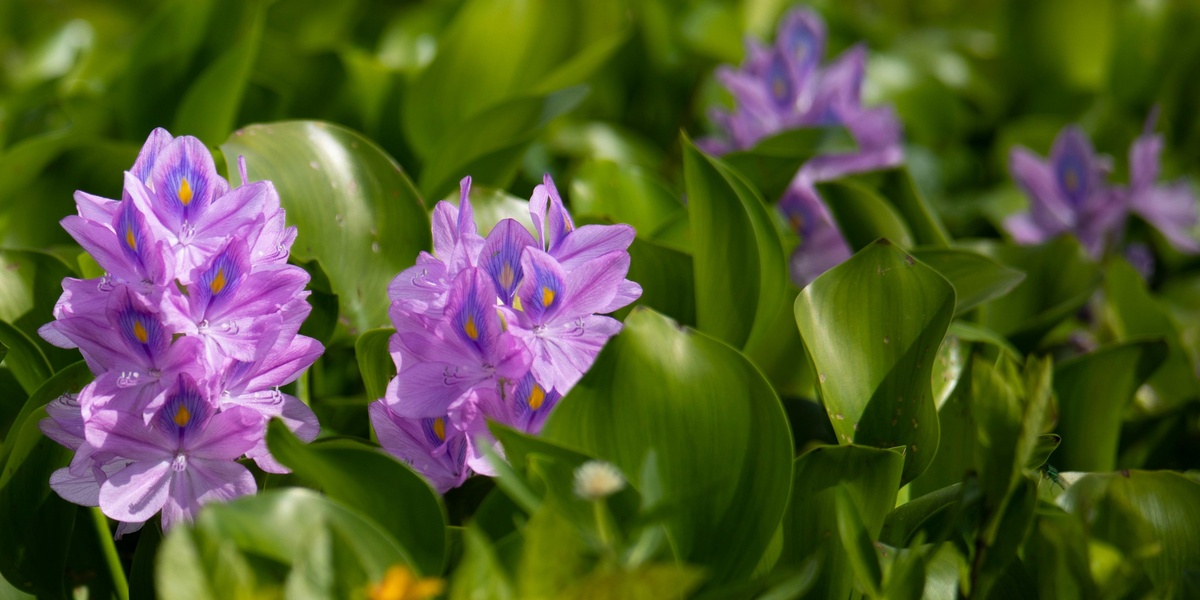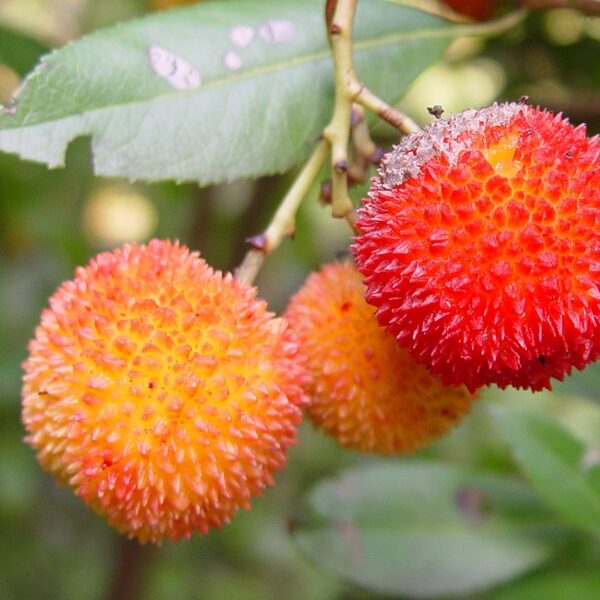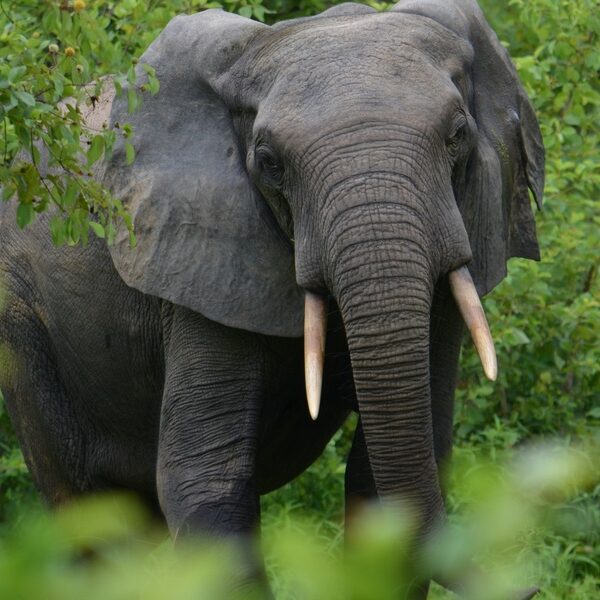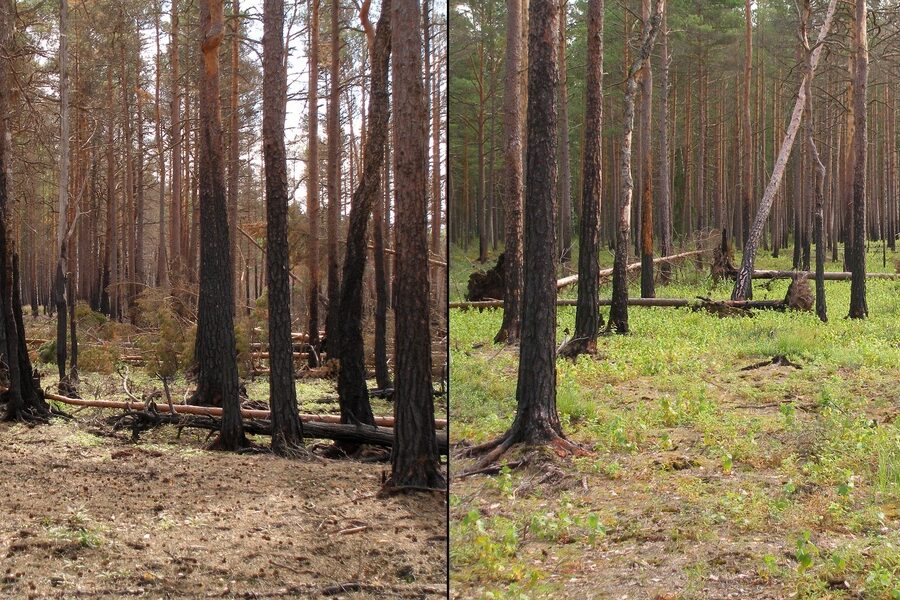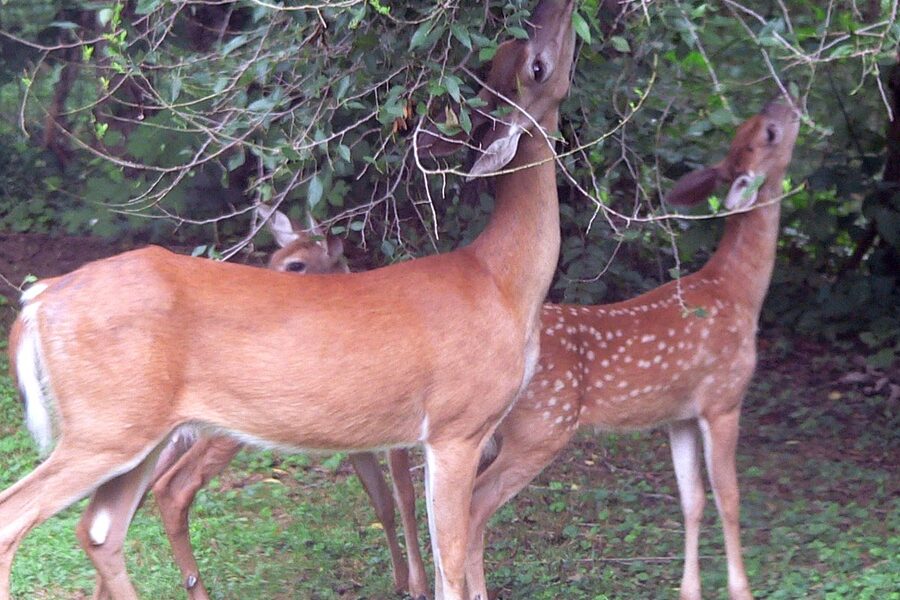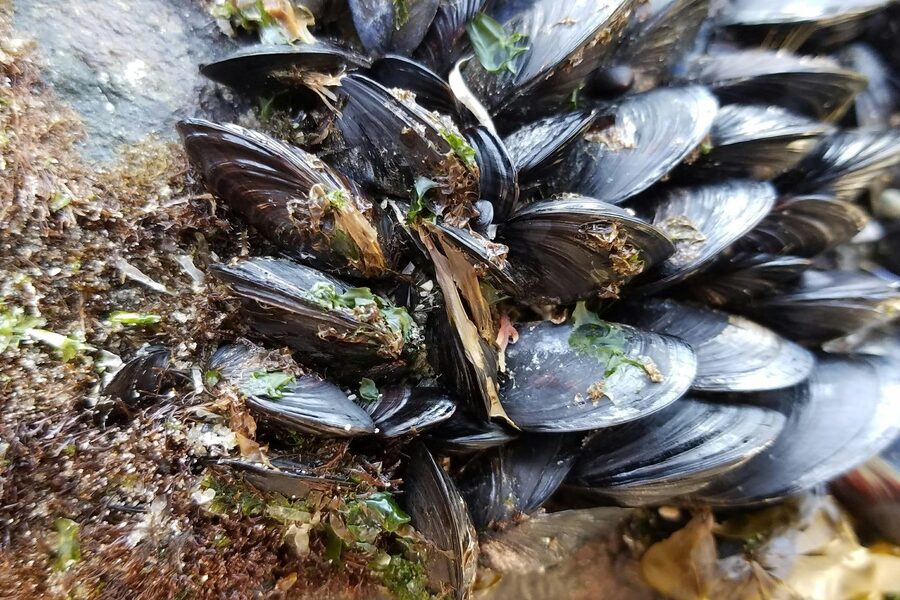Africa, a continent renowned for its unparalleled biodiversity and vast, intricate ecosystems, faces numerous ecological challenges. From its iconic savannas to its dense rainforests, the delicate balance of nature is constantly under pressure, sometimes from external forces that disrupt its native flora and fauna.
In this comprehensive list, we explore Invasive Species in Africa, detailing 40 distinct examples. This collection spans from the widespread plant Acacia saligna to the highly disruptive Yellow crazy ant, illustrating the diverse forms these threats can take. For each entry, you’ll find below detailed information, organized by Scientific Name, Origin Region, Primary Impact, and African Distribution.
Why are invasive species a significant problem for Africa’s ecosystems?
Invasive species pose a substantial threat by outcompeting native organisms for resources, altering habitats, and introducing diseases, which can lead to declines in indigenous populations and even extinctions. These ecological disruptions can cascade through entire food webs, diminishing biodiversity and impacting essential ecosystem services like water purification and pollination, often with severe economic consequences for agriculture and local livelihoods.
How do invasive species typically arrive in Africa?
The introduction of invasive species to Africa often occurs through human activity, both intentional and accidental. Common pathways include global trade and transport, with species hitchhiking on ships or planes, or being introduced through imported goods. Agricultural and horticultural practices can also be a source, where non-native plants are introduced for cultivation but escape into the wild, or when livestock carries pathogens or seeds from other regions.
Invasive Species in Africa
| Common Name | Scientific Name | Origin Region | Primary Impact | African Distribution |
|---|---|---|---|---|
| Water hyacinth | Eichhornia crassipes | South America (Amazon basin) | Blocks waterways, reduces oxygen and harms fisheries and irrigation | Egypt,Nile Basin,Lake Victoria,Tanzania,Uganda,Zambia,Zimbabwe,South Africa,Madagascar |
| Salvinia | Salvinia molesta | South America | Smothers water surfaces, impedes boating and irrigation, reduces oxygen and biodiversity | South Africa,Tanzania,Uganda,Zambia,Zimbabwe,Madagascar |
| Water lettuce | Pistia stratiotes | Tropical Americas | Clogs waterways, competes with native plants and harms fisheries | Egypt,Nigeria,Kenya,South Africa,Madagascar |
| Parthenium weed | Parthenium hysterophorus | Central & South America | Allergenic to people, toxic to livestock, reduces crop yields and biodiversity | Ethiopia,Kenya,Uganda,Tanzania,South Africa,Zimbabwe,Namibia |
| Siam weed | Chromolaena odorata | Central & South America | Overgrows native vegetation, alters fire regimes and hinders forest regeneration | Nigeria,Ghana,Cameroon,Ivory Coast,Tanzania,South Africa |
| Lantana | Lantana camara | Central & South America | Forms impenetrable thickets, toxic to livestock, reduces biodiversity | South Africa,Kenya,Tanzania,Uganda,Ethiopia,Botswana,Madagascar |
| Mesquite | Prosopis juliflora | Central & South America (introduced worldwide) | Creates monoculture thickets, depletes groundwater, restricts grazing and biodiversity | Ethiopia,Somalia,Kenya,Sudan,Senegal,South Africa |
| Prickly pear | Opuntia stricta | Americas | Impenetrable thickets reduce grazing, block access and damage tourism sites | Kenya (coastal & parks),South Africa,Namibia,Tanzania,Ethiopia |
| Black wattle | Acacia mearnsii | Australia | Invades fynbos and catchments, high water use and altered fire cycles | South Africa (Western & Eastern Cape),Lesotho |
| Acacia saligna | Acacia saligna | Australia | Outcompetes natives, fixes nitrogen altering soils and plant communities | South Africa (Western Cape),Namibia |
| Hakea | Hakea sericea | Australia | Invades heathlands, changes fire behavior and crowds out native species | South Africa (Cape region) |
| Bluegum eucalyptus | Eucalyptus globulus | Australia | High water use, suppresses understory, increases fire risk | South Africa,Kenya,Ethiopia,Zimbabwe,Madagascar |
| Pine (species) | Pinus patula | Mexico/Central America | Invades grasslands and shrublands, alters soil and fire regimes | South Africa,Zimbabwe,Ethiopia,Kenya |
| Pampas grass | Cortaderia selloana | South America | Crowds riverbanks and dunes, alters habitats and fire regimes | South Africa,Reunion,Mauritius |
| Wedelia | Sphagneticola trilobata | Central America | Smothers native groundcover and seedlings, escapes gardens to natural areas | Mauritius,Seychelles,parts of East Africa |
| Mile‑a‑minute vine | Mikania micrantha | Central & South America | Rapidly smothers crops, trees and native vegetation, reducing yields and diversity | Cameroon,Ghana,Nigeria,Uganda,Madagascar |
| Spanish needle | Bidens pilosa | Americas | Weed of crops and pastures, reduces yields and spreads rapidly | Widespread across African agricultural regions |
| Giant rhubarb | Gunnera tinctoria | South America | Forms dense stands in wetlands and streambanks, displacing native flora | South Africa (Western Cape),Reunion |
| Casuarina | Casuarina equisetifolia | Australia | Outcompetes native coastal vegetation, alters dune dynamics and soil salinity | Kenya,Tanzania,Mozambique,Seychelles,Madagascar,Mauritius |
| Blackberry | Rubus fruticosus agg. | Europe | Invades montane shrubland and riparian zones, forms dense thorny thickets | South Africa (mountain regions),Lesotho |
| Asian tiger mosquito | Aedes albopictus | Southeast Asia | Vector of dengue and chikungunya; nuisance biting and competition with native mosquitoes | Widespread across West, Central, East and Southern Africa including South Africa and Madagascar |
| Urban malaria mosquito | Anopheles stephensi | South Asia & Middle East | Introduces urban malaria transmission and threatens malaria control in cities | Djibouti,Ethiopia,Somalia,Sudan,Kenya,detected in Nigeria |
| Black rat | Rattus rattus | Asia | Predation on native birds and reptiles, crop losses and disease transmission | Nearly everywhere in Africa, especially ports and islands |
| Brown rat | Rattus norvegicus | Asia | Spreads disease, damages crops and infrastructure via burrowing and feeding | Widespread across Africa |
| House mouse | Mus musculus | Asia | Contaminates food stores, spreads disease, impacts grain supplies | Widespread across Africa |
| Argentine ant | Linepithema humile | South America | Displaces native ants, disrupts pollination and invertebrate communities | Coastal South Africa and port areas, some islands |
| Yellow crazy ant | Anoplolepis gracilipes | Indo‑Pacific/Asia | Decimates insects, birds and reptiles on islands and disrupts ecosystems | Seychelles,Mauritius,other Western Indian Ocean islands |
| Small Indian mongoose | Herpestes auropunctatus | South Asia | Predation on native birds, reptiles and amphibians causing extinctions on islands | Mauritius,Seychelles,Zanzibar (Tanzania) |
| Common myna | Acridotheres tristis | South Asia | Competes with native birds, agricultural pest and urban nuisance | South Africa,Kenya,Tanzania,Mauritius,Seychelles |
| House crow | Corvus splendens | South Asia | Harasses wildlife, spreads waste and disease; spreads via shipping to ports | Kenya (Mombasa),Tanzania (Zanzibar),Somalia,Djibouti |
| Mosquitofish | Gambusia affinis | Central America | Predation on amphibians and invertebrates, harms native aquatic communities | Egypt,South Africa,Kenya |
| Common carp | Cyprinus carpio | Eurasia | Disturbs sediments, increases turbidity and harms native aquatic plants and fish | South Africa,Kenya,Zimbabwe |
| Red swamp crayfish | Procambarus clarkii | Southern North America & Central America | Predation on aquatic fauna, burrowing damages banks and alters habitats | Egypt,Morocco,parts of North Africa and recorded in other regions |
| Red‑eared slider | Trachemys scripta elegans | North America | Outcompetes native turtles, spreads parasites and diseases via pet releases | South Africa,Algeria,Tunisia (records) |
| Green shore crab | Carcinus maenas | Europe | Predation on bivalves and crustaceans, alters intertidal community structure | South Africa (Western Cape),South African ports |
| Mediterranean mussel | Mytilus galloprovincialis | Mediterranean / NE Atlantic | Outcompetes native mussels and changes rocky shore communities | South Africa (Western Cape) |
| Invasive seaweed (Caulerpa) | Caulerpa taxifolia | Tropical Atlantic/Indian Ocean strains; Mediterranean invasive strain originated from aquarium trade | Smothers seagrasses, alters habitats and fisheries | Mediterranean coasts of North Africa (Tunisia,Algeria,Morocco,Egypt) |
| Lessepsian rabbitfish | Siganus rivulatus | Red Sea/Indo‑Pacific | Heavy herbivory on seagrass and algae, restructures coastal food webs in invaded regions | Mediterranean coasts off Egypt,Libya,Tunisia,Algeria |
| House sparrow | Passer domesticus | Asia/Europe | Competition with native birds and pest in urban/agricultural areas | Widespread in African towns and cities |
| Red palm weevil | Rhynchophorus ferrugineus | Southeast Asia | Bores into palms, killing date, coconut and ornamental palms and causing major agricultural losses | Egypt,Morocco,Algeria,Tunisia,Libya |
Images and Descriptions
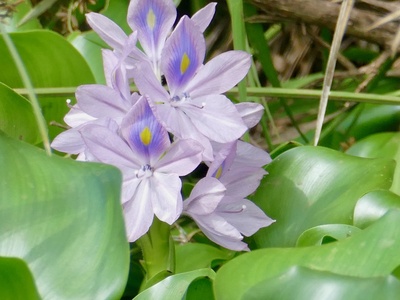
Water hyacinth
Floating plant with glossy leaves and purple flowers that forms dense mats, clogging rivers, lakes and dams and disrupting transport, fishing and water use.
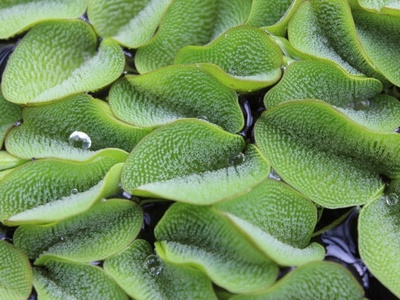
Salvinia
Fast‑growing free‑floating fern that rapidly forms thick mats on water, causing oxygen depletion and navigation problems.
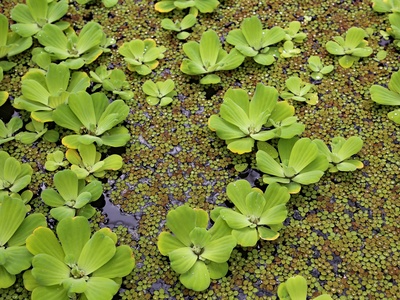
Water lettuce
Spongy, rosette‑forming floating plant often mistaken for lettuce; mats block light and water flow and reduce habitat quality.
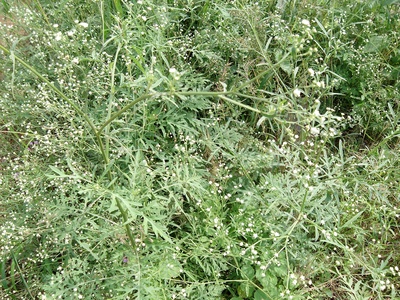
Parthenium weed
Hairy annual with a pungent smell that spreads quickly along roadsides and farms, causing severe allergies and agricultural losses.
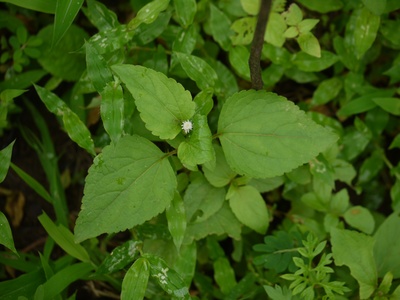
Siam weed
Shrubby invader with clusters of white/pink flowers that forms dense stands in disturbed areas and forest edges.
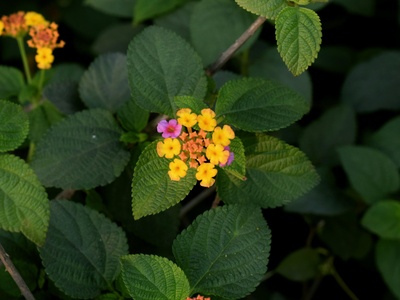
Lantana
Colorful ornamental shrub turned serious invader, creating dense tangles that outcompete native plants and harm grazing land.
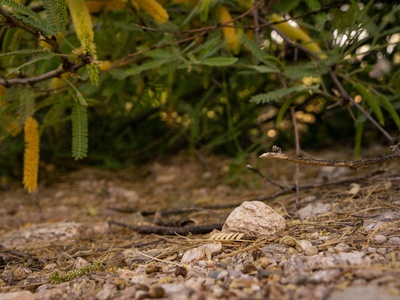
Mesquite
Tough thorny tree/shrub introduced for shade and fuelwood that spreads across drylands, dominating rangeland and degrading livelihoods.
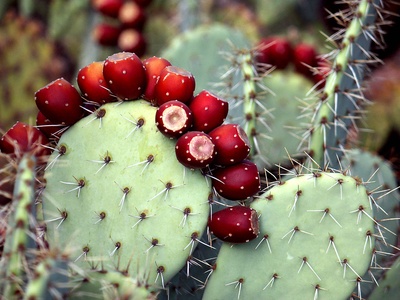
Prickly pear
Cactus with flat pads and dense spines that forms thick, near‑impenetrable stands, problematic in parks and farmlands.
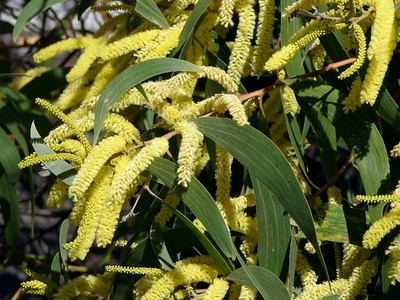
Black wattle
Fast‑growing tree planted for tannin and timber that displaces native shrublands and reduces stream flows.
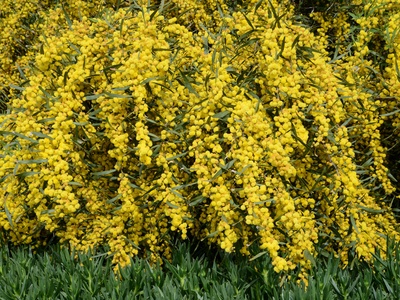
Acacia saligna
Shrub/tree used in dune stabilization and forestry that forms dense stands and changes soil chemistry.
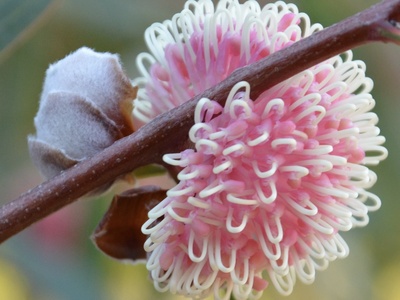
Hakea
Needle‑leaved shrub with tough woody seed pods; spreads from plantings into natural fynbos and heath.
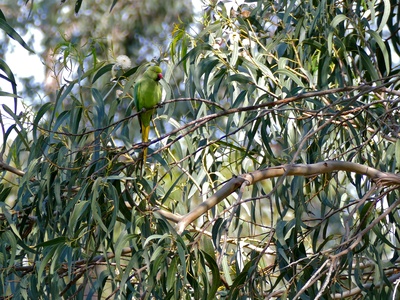
Bluegum eucalyptus
Tall aromatic gum trees widely planted for timber and fuelwood; they can invade natural habitats and lower water tables.
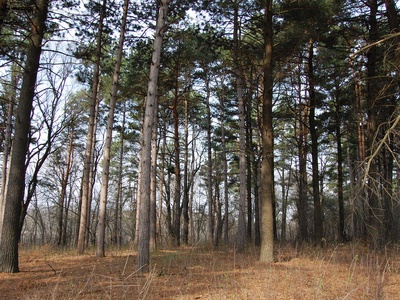
Pine (species)
Pine used in plantations that escape into wildlands, forming dense stands and changing fire behavior and native plant communities.
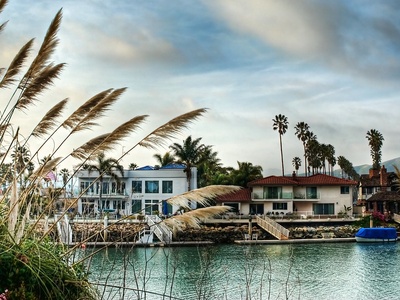
Pampas grass
Tall, feathery perennial grass that spreads from ornamental use into wild riverbanks and coastal dunes.
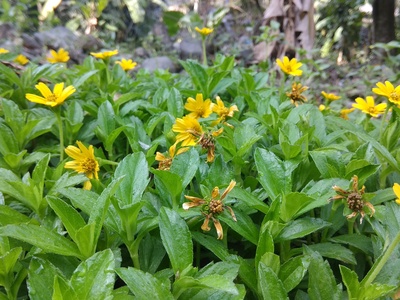
Wedelia
Low‑growing, fast‑spreading groundcover used ornamentally that forms dense mats in humid coastal and island habitats.
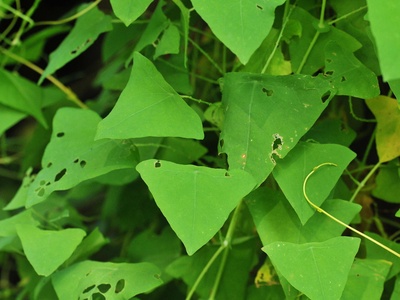
Mile‑a‑minute vine
A fast‑growing climbing vine that blankets trees and crops, widely nicknamed for its rapid growth.
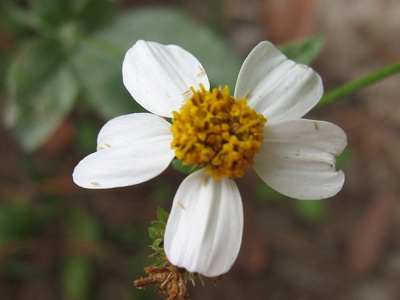
Spanish needle
Common annual weed with barbed seeds that stick to animals and clothing, readily dominating disturbed soils and fields.
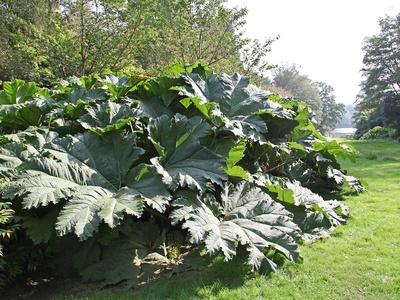
Giant rhubarb
Huge perennial with umbrella‑like leaves that colonizes damp habitats, outcompeting native wetland plants.
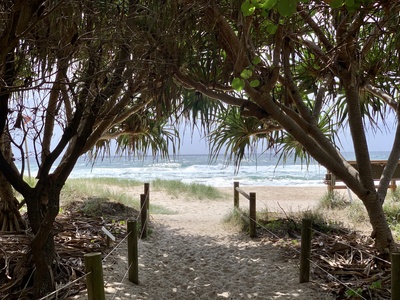
Casuarina
Pine‑like coastal tree planted for windbreaks and fuel that invades beaches and estuaries and changes coastal ecology.
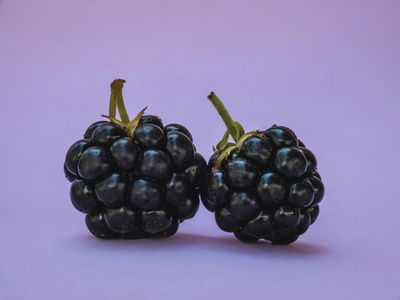
Blackberry
Aggressive bramble forming impenetrable thickets that suppress native plants and hinder recreation and farming.
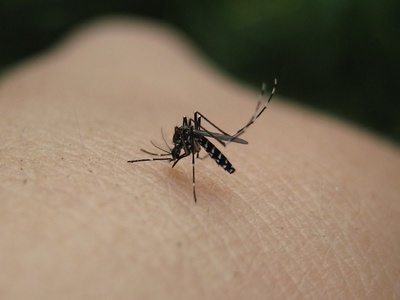
Asian tiger mosquito
Striped small mosquito that breeds in containers and spreads rapidly via global trade in used tires and water‑holding vessels.
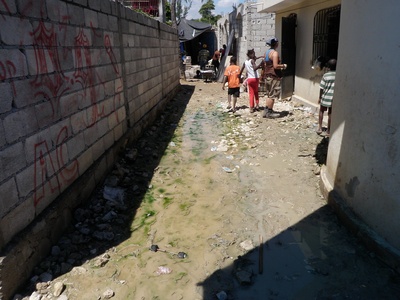
Urban malaria mosquito
Mosquito that breeds in man‑made water containers, enabling malaria to spread in urban centers where rural vectors were not common.
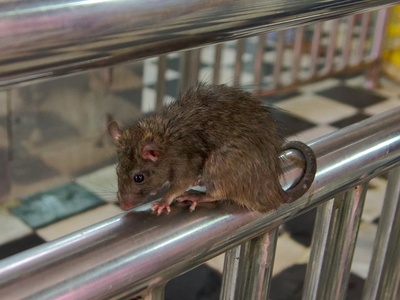
Black rat
Arboreal/dwelling rodent that stows on ships and colonizes towns, farms and natural habitats, harming biodiversity and livelihoods.
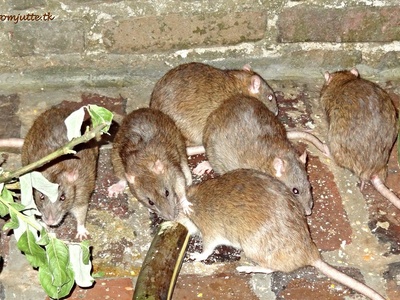
Brown rat
Ground‑dwelling, commensal rodent common in urban and agricultural settings causing public health and economic impacts.
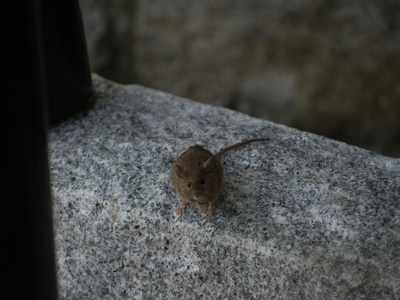
House mouse
Small commensal rodent closely associated with humans that infests homes, granaries and farms.
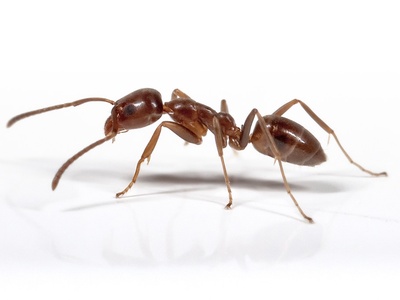
Argentine ant
Highly competitive ant forming supercolonies that alter native invertebrate communities and ecosystem services.
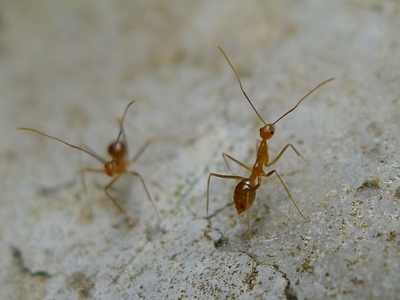
Yellow crazy ant
Aggressive invasive ant known for massive invasions that create “invertebrate deserts” and affect native fauna.
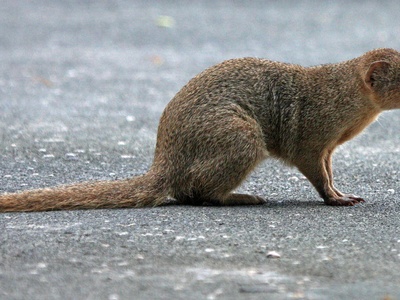
Small Indian mongoose
Introduced to control rodents and snakes but became a key predator driving declines and extinctions of island species.
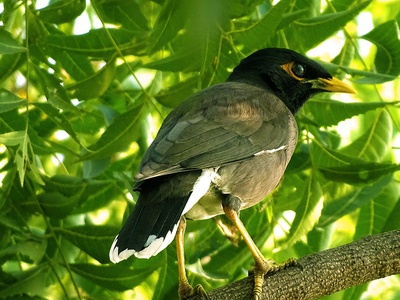
Common myna
Bold, noisy bird that thrives in urban areas, taking nest sites and food from native birds.
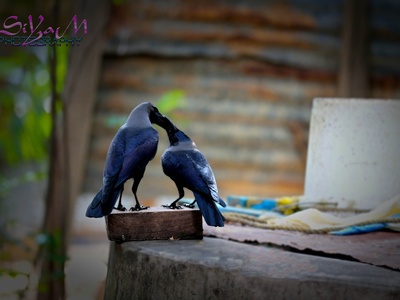
House crow
Opportunistic scavenger that often arrives at ports and establishes dense populations near human settlements.
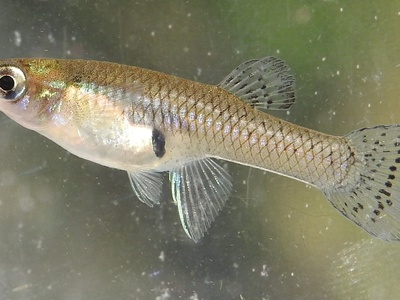
Mosquitofish
Small fish introduced for mosquito control that can disrupt native food webs by eating eggs and larvae.
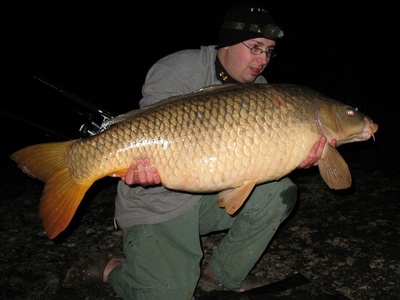
Common carp
Bottom‑feeding freshwater fish that uproots vegetation and degrades water quality in lakes and rivers.
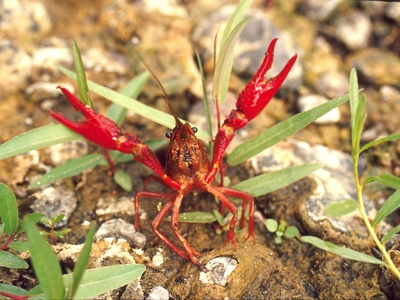
Red swamp crayfish
Aggressive omnivorous crayfish that digs burrows, overgrazes vegetation and damages irrigation infrastructure.
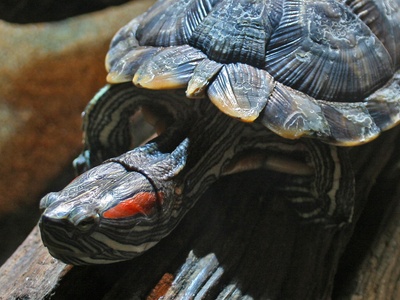
Red‑eared slider
Popular pet turtle often released into the wild where it establishes self‑sustaining populations and competes with natives.
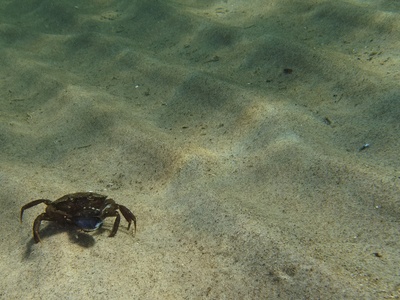
Green shore crab
Hardy invasive crab introduced by shipping that can reshape rocky shore ecosystems and fisheries.
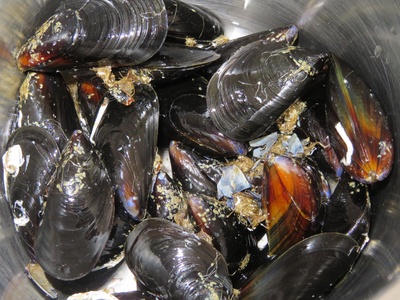
Mediterranean mussel
Mussel introduced via ropes and hulls that has become dominant on some South African shores, altering food webs.

Invasive seaweed (Caulerpa)
Fast‑growing green alga that forms underwater mats, reducing biodiversity and damaging fisheries and tourism.

Lessepsian rabbitfish
Herbivorous marine fish that migrated through the Suez Canal and established dense populations in the Mediterranean, impacting native benthic habitats.
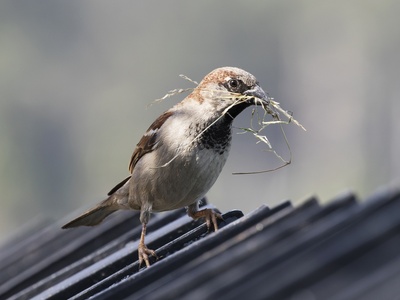
House sparrow
Small familiar bird introduced during historical trade and colonization that thrives in human settlements and competes with native species.
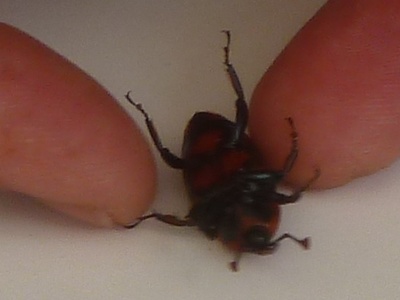
Red palm weevil
Large snout beetle whose larvae tunnel inside palm trunks, often leading to tree death and major impacts on palm production.
